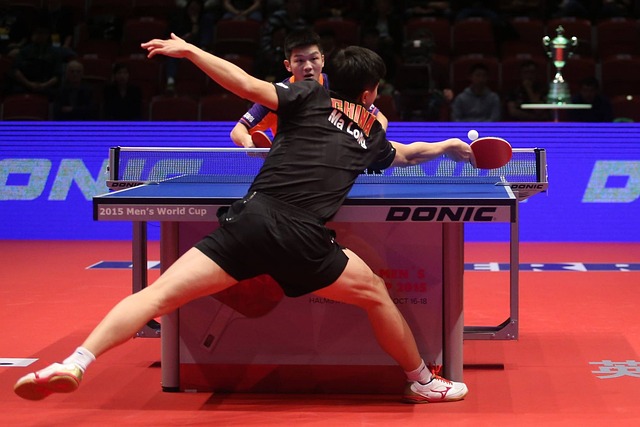For successful sports bettors, understanding the hidden messages behind sportsbook odds is crucial. Sportsbooks don’t set odds solely to reflect the likely outcome of a game—they also consider how bettors will react. By analyzing shifts in odds and lines, sharp bettors can deduce what the sportsbook’s intentions are, whether they’re trying to balance action, protect profits, or respond to sharp money. This insight provides an opportunity to spot value bets and adjust strategies accordingly. In this article, we’ll explore how to interpret a sportsbook’s intentions from odds movements and how to use this knowledge to your advantage.
The Purpose Behind Odds
Sportsbooks are businesses, and their goal is to ensure profit regardless of a game’s outcome. They achieve this by adjusting odds to balance bets on both sides of a matchup. When lines move, it’s not always because a team’s chances of winning have changed—it may be due to heavy betting action on one side. If a large volume of bets comes in for one team, the sportsbook might lower the payout odds to encourage bets on the other side. This balancing act allows the book to minimize risk and maximize profitability, revealing its intentions through strategic line movements.
Recognizing Line Movements

Line movements are the clearest indicators of a sportsbook’s strategy. Early line movements, particularly soon after the opening odds are posted, often indicate sharp money affecting the odds. Late shifts, closer to game time, typically reflect public money and broader betting trends. By monitoring how odds change over time, bettors can identify when a sportsbook is reacting to professional wagers versus mass public sentiment. If a line moves significantly without any major news or changes in team dynamics, it’s likely the result of sharp action, signaling the sportsbook’s adjustment to protect against knowledgeable bettors.
Understanding “Shading” in Odds
Sportsbooks may also “shade” their odds based on expected betting behavior. For instance, if a popular team with a large fan base is expected to attract heavy betting, the sportsbook might adjust the odds slightly to favor that team. This creates less favorable payouts for casual bettors while protecting the book’s interests. Recognizing shading can help bettors identify situations where the odds don’t reflect true probabilities but are designed to exploit public bias. By betting against shaded lines, sharp bettors can find value where the majority of bettors might not be looking.
Using Market Consensus

Comparing odds across multiple sportsbooks is another effective strategy for reading intentions. If one book significantly shifts odds while others remain steady, it may indicate that the book is reacting to sharp money or anticipating public movement. Conversely, uniform shifts across the market may suggest a broader change in perception or news affecting the event. Tracking market consensus helps bettors differentiate between strategic sportsbook moves and genuine changes in a game’s outlook. This information allows for better-informed betting decisions, especially when combined with knowledge of sharp and public money trends.
Conclusion: A Key to Smarter Betting
Reading a sportsbook’s intentions through odds and line movements is a valuable skill for any serious bettor. By observing how and when odds shift, bettors can gain insight into the betting market and identify potential opportunities for profit. However, it’s important to use this analysis alongside solid research, understanding of the sport, and disciplined bankroll management. Odds movements are one piece of a complex puzzle, but when used effectively, they can provide a competitive edge. In the end, successful betting is about staying one step ahead—not just of the competition, but of the sportsbooks themselves.
